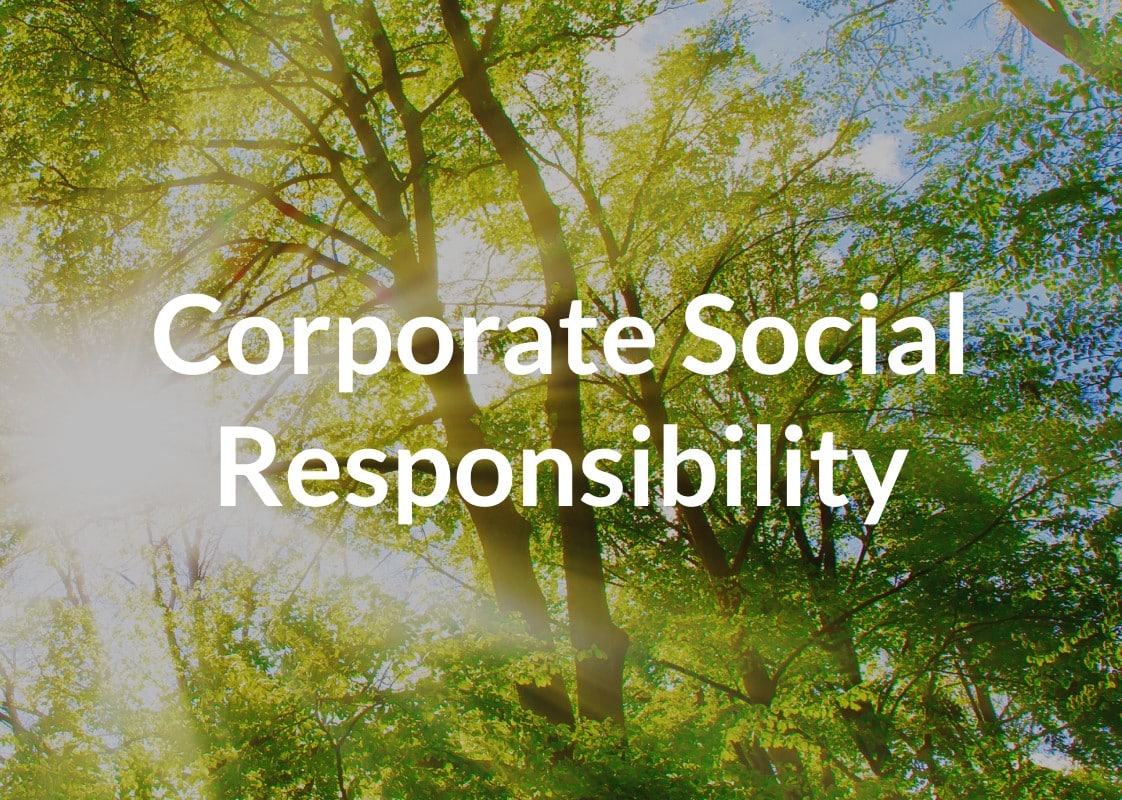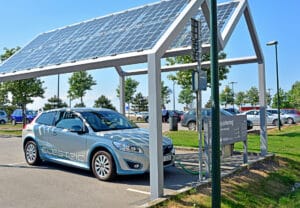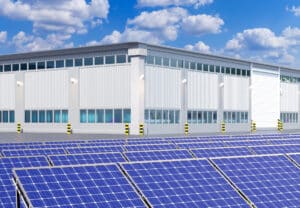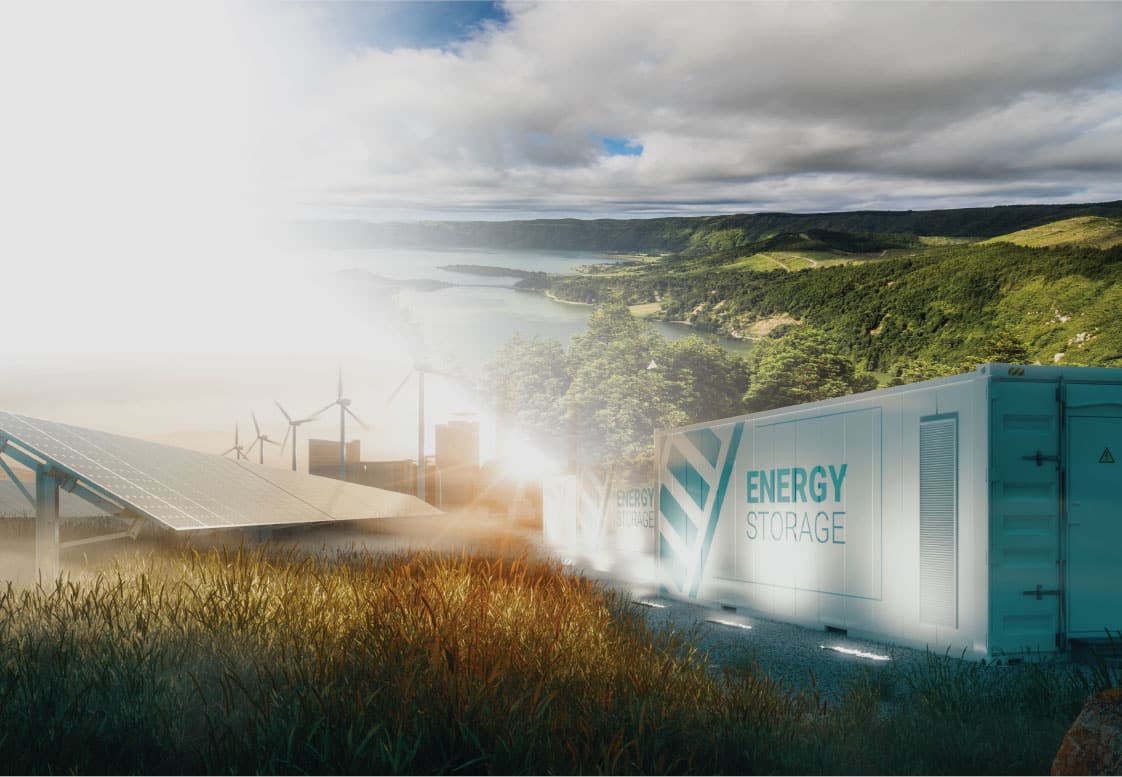
Renewable energy is the future. Literally. Despite our planet’s reliance on “fossil fuels” like oil, natural gas, and coal for energy needs, these finite resources will eventually run out. More importantly, extracting these energy sources and processing them results in significant damage to the surrounding environment and the planet overall.
But fear not! Nature is here to provide; we just need to harness it properly. The IEA estimates that global energy investment is set to reach nearly $1.9 trillion by the end of 2021. Over $500 billion is expected to be on renewable energy sources and technologies.
The world is wising up to the utility and potential for renewable energy to help organizations and nations alike reduce their carbon emissions while addressing rapidly increasing global power needs.
Before going any further, let’s first run through a brief overview of what “renewable energy” is exactly.
What is Renewable Energy?
Renewable energy is any of a group of sustainable sources of energy that are constantly replenished naturally. These include wind, solar, biomass, ocean, hydroelectric, geothermal, and hydrogen, and each has its particular qualities and advantages. These energy sources do not produce pollution or environmentally harmful byproducts, but not all renewable energy sources are completely environmentally friendly.
Now, let’s establish the difference between renewable and non-renewable energy, and the importance of distinguishing between them.
What is the difference between renewable and non-renewable energy?
So how are you supposed to differentiate between the two energy source types? As we just discussed, renewable energy is derived from nature, and is constantly available or replenished, like sunlight, waves, and wind. Renewable energy collection has also become significantly more cost-effective in recent years, with entire communities and even countries relying on them for a continuous, “green” energy supply.
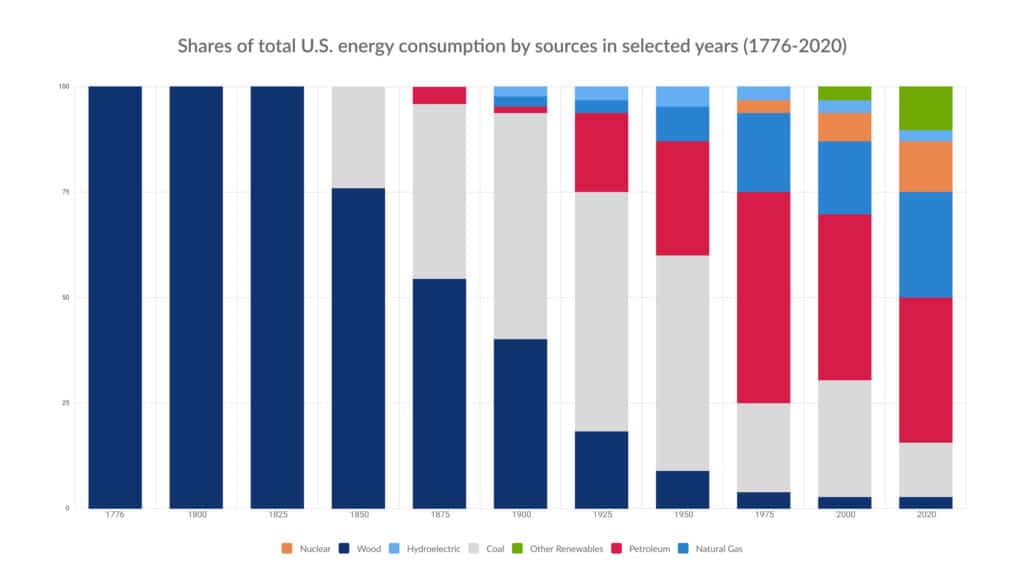
Non-renewable energy, “dirty energy”, or “fossil fuels” like oil, natural gas, coal is a naturally occurring energy source that takes hundreds of millions of millions of years to develop. Their use produces harmful greenhouse emissions that damage both the planet, and the atmosphere, and are often limited in their availability to very specific areas.
Simply put, the difference between these two is stark and clear – nonrenewable energy sources are finite, environmentally harmful, and at some point, will cease to be viable options for fuel and energy, while renewable sources are potentially infinite and clean.
What are some of the benefits of using renewable energy and why is it important?
Did you know? Renewable energy creates five times the number of jobs that the fossil fuel industries do altogether! How about that the Sun could power every device home and building on Earth for a year if we could harness the energy it gives off in just a single hour? These renewable energy facts are just a few examples of renewable energy’s importance and the benefits it provides.
Renewable energy sources are a fantastic solution for a lack of readily available electricity in many developing countries, and clean energy saves money in a variety of fields. Maintenance for these types of energy is considerably lower and lowers OPEX overall by relying on sources that replenish themselves naturally and consistently.
Due to the localized nature of many fossil fuels, renewable energy sources also reduce the reliance of countries on foreign entities to provide the energy needed to run a country. Most significantly, 260GW of renewable energy was produced in 2020 alone, accounting for 80% of the new electric capacity globally. This proves that renewable energy sources if developed properly can provide efficient, safe, and green energy to an ever-expanding global population.
Now that we’ve established some of the benefits, it is just as worthwhile to understand exactly what renewable energy sources are available today.
What are the different types of renewable energy?
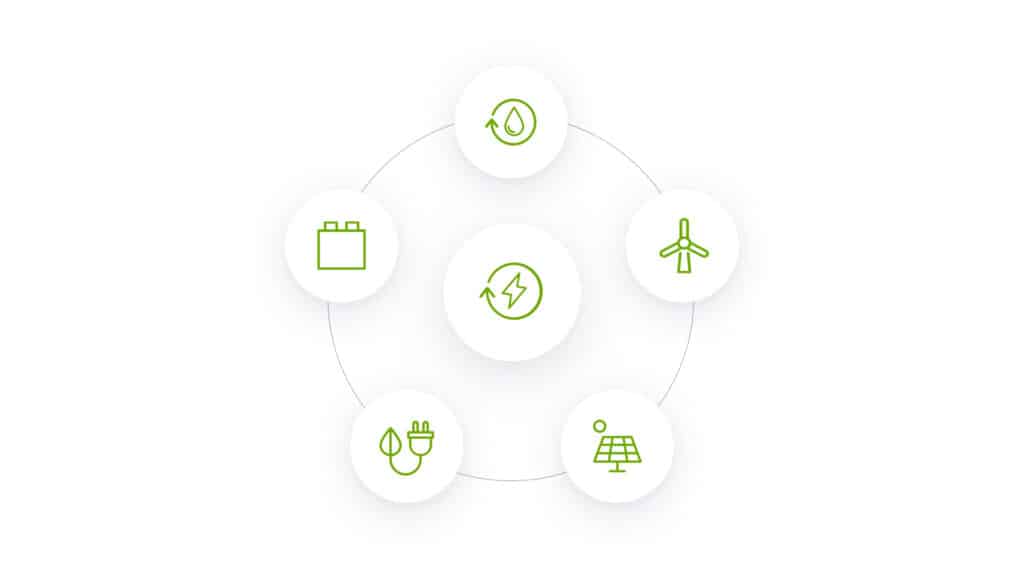
We often jump to well-known energy sources when we think of renewable energy use, like solar and wind. However, there are a number of types of clean energy. As we frequently look for the “best” renewable energy sources, or the most efficient, the answer isn’t so straightforward. Nonetheless, renewable energy can be broken down into a list of seven categories of primary renewable energy sources, each with its unique benefits and challenges.
1. Solar
Harnessing the power of the sun is no mere feat, though we have come a long way from using magnifying glasses to burn leaves. Enough energy from the Sun reaches the Earth in just one hour that could power the globe’s power needs for a year. Most importantly, this method releases no greenhouse gases or harmful emissions at all, with the only byproducts originating in manufacturing.
2. Wind
Ye olde windmill these are not. Wind farms today have turbines as tall as skyscrapers, and nearly as wide. As one of the most widespread alternative energy sources, wind energy has the potential to provide tens of millions of homes and buildings with consistent power.
Wind energy turns the turbine’s blades which in turn transfers that energy to a generator, which produces electricity. Wind power makes up ~six percent of U.S. power generation and is considered the cheapest energy source for many areas of the country.
3. Hydroelectric
You might be thinking “Dam” right about now, and you’d be right!… But not completely. Dams provide hydroelectric energy through the flow of water and are versatile in scope depending on their intent. Examples of these renewable energy sources range from the gargantuan Hoover Dam to smaller projects like river-based underwater turbines and localized generators.
4. Ocean
Our oceans provide us with two primary energy sources – thermal and mechanical. Mechanical, or “wave energy” uses various methods to take advantage of the natural movement of the tides and water in order to generate electricity. Thermal ocean energy on the other hand relies on a variety of devices and more importantly, a warmer ocean surface.
Due to the predictability of wave patterns, this energy source is very easy to plan out to maximize its efficiency, making it much more consistent. These are also often located near harbors or denser populations, providing clean energy in areas where other renewable energy sources cannot.
5. Geothermal
Ever wonder how much energy a volcano produces? If you look at the 1980 eruption of Mount St. Helens, you are talking about an explosion with a force of 24 megatons, or 1,600 times more powerful than the Atomic Bomb that dropped on Hiroshima.
Geothermal energy is derived from pockets of heat trapped in the Earth’s mantle, which is occasionally released all at once through volcanoes and geyser eruptions. The steam produced can be harnessed and collected to be used as heat energy that is routed through water pumps belowground which then transfers energy to a turbine on the surface.
6. Hydrogen
We all know that H2O is water, but that Hydrogen molecule stuck at the beginning has a ton of potential to produce fuel and electricity. This potential is most often seen in Electric Vehicles (EVs) batteries, and as a clean-burning fuel, resulting in significantly less pollution and cleaner operating procedures.
However, Hydrogen does not occur naturally on its own and requires a process to isolate and collect enough molecules. This makes its production as a renewable energy source inefficient when compared to most others, and costly to maintain.
7. Biomass
This is not your everyday compost pile. Biomass and biofuels are any organic matter that originates with natural materials like food and plant waste used to create bioenergy. A perfect example of this renewable energy source is your home’s fireplace or ethanol in vehicles. Biomass can be utilized by burning these biodegradable byproducts or collecting the methane that results from their decomposition.
What are some of the advantages and disadvantages of renewable energy?
Renewable energy seems like a no-brainer as a more efficient and safer source to power global industry. While there is a litany of clear benefits we have outlined, we also mentioned some challenges as well. So, to help make your own decision if renewable energy sources are right for your organization, we’ve gathered up some of the major pros and cons to the most relevant.
Advantages
- Self-replenishing energy – It’s all in the name – Renewable Unlike fossil fuels, renewable energy use depends on sustainable, abundant natural resources that can renew themselves without human interference. As fossil fuels dwindle, their price will skyrocket, while our use of renewable energy sources will only get cheaper as technology and adoption increase.
- Expanding job market – The necessity to have trained professionals manage these energy sources means current industry professionals can adapt their skills to the more contemporary needs of renewable energy, mitigating redundancy.
- Low-maintenance, high reward – Fossil fuels require significantly more maintenance and upkeep than most alternative energy sources, and operating costs are generally minimal.
- Happy planet, happy life – Clean, alternative energy production does not produce pollutants nor greenhouse gases, and with minimal waste products, keep the planet healthy and allow us to enjoy these energy sources for years to come.
- Keep it within borders – Our reliance on fossil fuels has left most of these finite resources under the control of very few nations or regions. Renewable energy sources are simply more or less effective in certain regions of the world, i.e. geothermal in Iceland and solar in the desert regions. The key is finding the renewable energy source(s) that fit your locale.
Disadvantages
- Pay it up front, no rainchecks – Though renewable energy eventually leads to significant energy cost savings, the initial capital required is exponentially higher than for fossil fuels. Still, tax rebates and carbon credits help to balance these costs out for organizations.
- Mother nature can be a b…unpredictable – As much as these natural resources are renewable, they still often rely on the cooperation of the weather and mother nature in general. Calm seas, cloudy days, no wind, and other factors can all hamper these energy sources’ effectiveness and ability to work year-round.
- All that energy and nowhere to store it – At some point, energy sources produce more energy than is needed, and require storage for future use, like through backup batteries. Though there are relatively affordable energy storage solutions available for private consumers, ramping up to large-scale plants becomes extremely cost-prohibitive.
How is Galooli optimizing renewable energy use?

Galooli’s remote energy management solution provides customers with tools to maximize their use of alternative, green energy sources and minimizes fossil fuel reliance. We do so by tracking energy asset performance in real-time, and using AI-augmented analytics, to provide actionable insights for organizations to implement. These changes to organizations’ operations will optimize energy efficiency, reduce the necessity for on-site visits, and save on overall operational and capital costs.
Renewable energy is an integral part of the energy we use globally, and that is growing by the day. Though we are still entrenched in using fossil fuels for providing energy to the majority of the Earth’s human population, there is a conscious and concerted effort to change that.
Though the costs may be comparatively high in the beginning, the advantages and benefits outweigh all the deterrents. The return on investment, economically, and environmentally, make it a worthy endeavor.
Connect With Us
operational cost savings & efficiency?





















